German K43 Rifle: Deutschland’s DMR
December 27th, 2022
7 minute read
Rottenfuhrer Friedrich Pouls was a tool, a small but lethal cog in a gigantic killing machine. He rested in the edge of a massive shell crater covered by his zeltbahn. This triangular water-repellent piece of camouflaged material was the best piece of kit the Wehrmacht had ever devised. Though he was himself a member of the elite Waffen SS, much of his equipment came from the same sources. Rottenfuhrer Poul used his to become invisible.
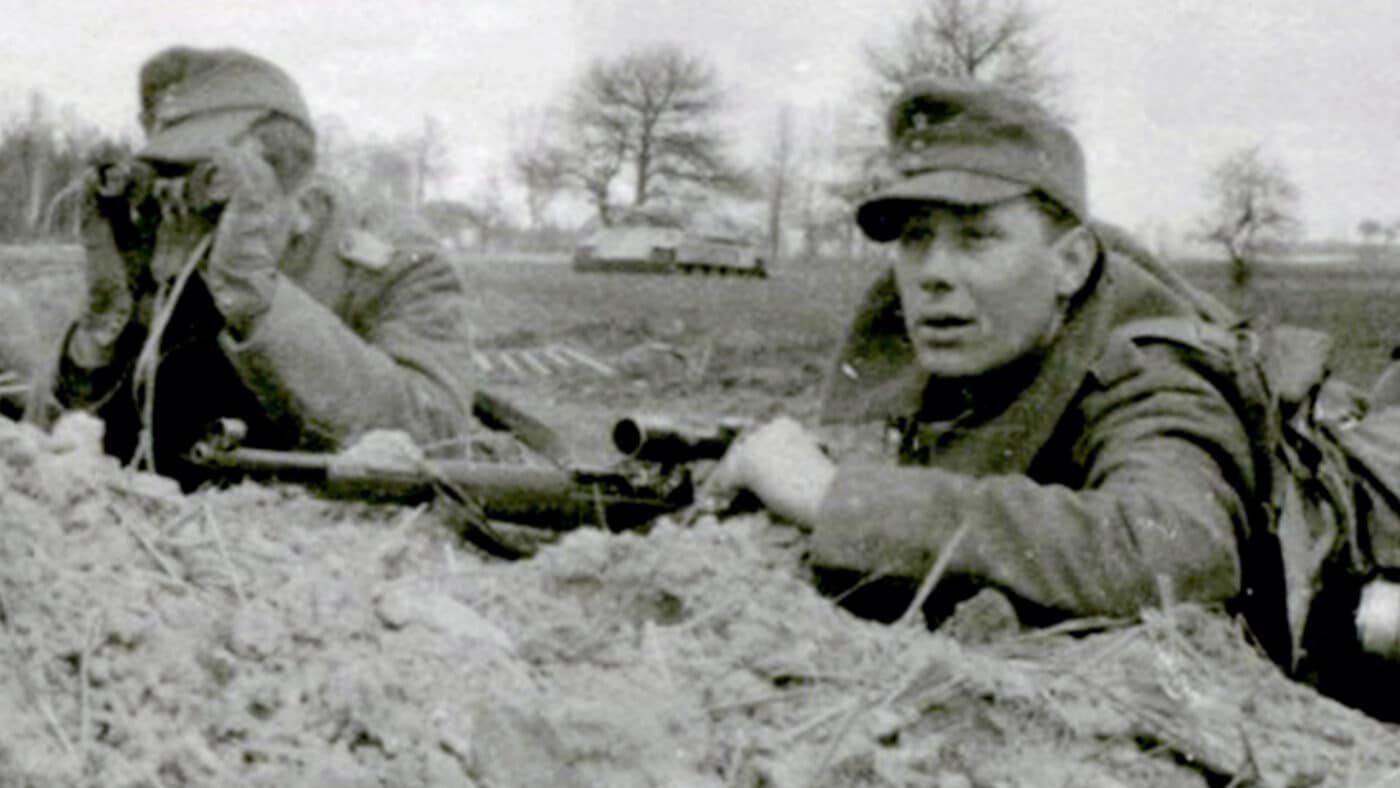
Poul and his comrade Sturmmann Reist had worked together for nine months. On the Eastern Front nine months might as well have been an eternity. It was legitimately miraculous they had survived this long. Part of that was raw luck, but a great deal of it was also hard-won skill. To prevail in a place as dangerous as the Russian steppe in late 1944 demanded that a sniper team be both lucky and very, very good. Poul and Reist were indeed both.
The two men had made their way out to the crater in utter darkness. They had operated from this same crater once some 10 days before and remembered much of the route. They made a point never to shoot from the same spot on consecutive days. This was one of several reasons they were still alive.
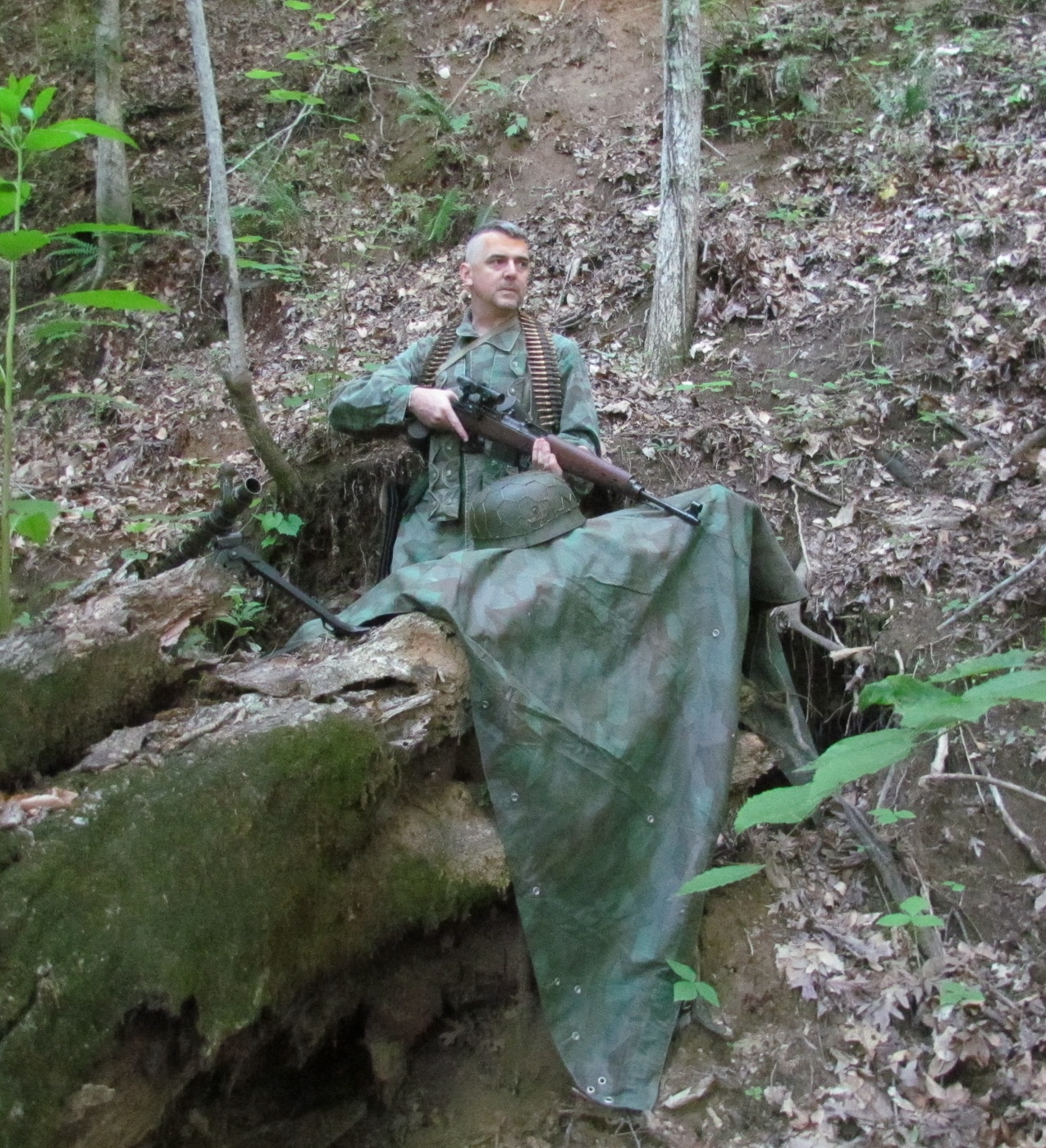
Unlike the vast majority of their mates, neither man smoked. This gave them an advantage in that they didn’t need to feed their addiction while in a hide. They also were not so easy to smell, as was the case with their smoking counterparts. Once again, it was the aggregate little things that had kept the two men warm and breathing this long.
Poul gradually glassed the pockmarked moonscape through the four-power ZF4 telescopic sight mounted atop his spanking new K43 sniper rifle. Reist did the same thing with his superlative Zeiss binoculars. The two men’s boots rested against each other deep in the crater. They communicated via a series of nudges. When speech was necessary it was brief, soft and concise. Reist saw him first.
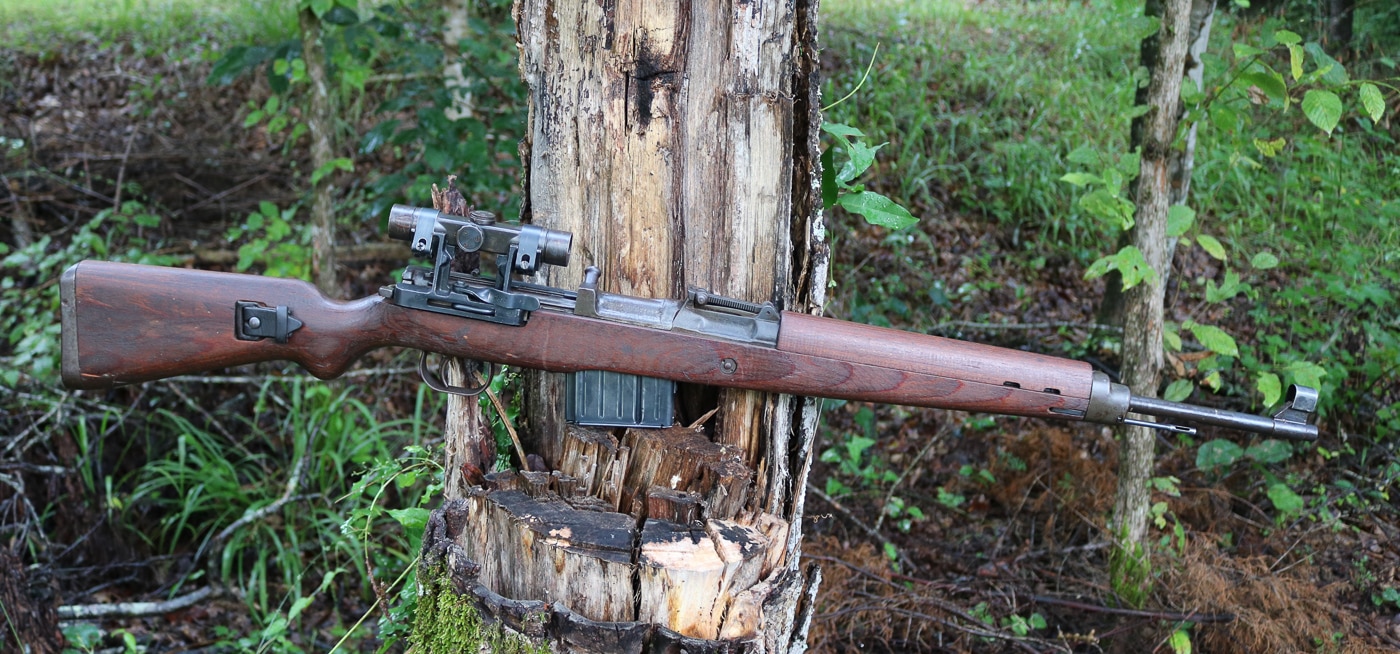
The Soviet KV-1 was an absolute beast of a tank. This particular example had fallen prey to an 88mm Flak 36 three days before. Wispy tendrils of smoke still curled from the open hatches atop the turret. Underneath the massive burned-out war machine nestled between the roadwheels, Poul saw the glint of glass.
The Soviet sniper wielded a scoped SVT-40 sniper rifle. Like his German counterpart, this man was the best trained and best-equipped sniper his military could produce. This fateful day, however, he was just unlucky.
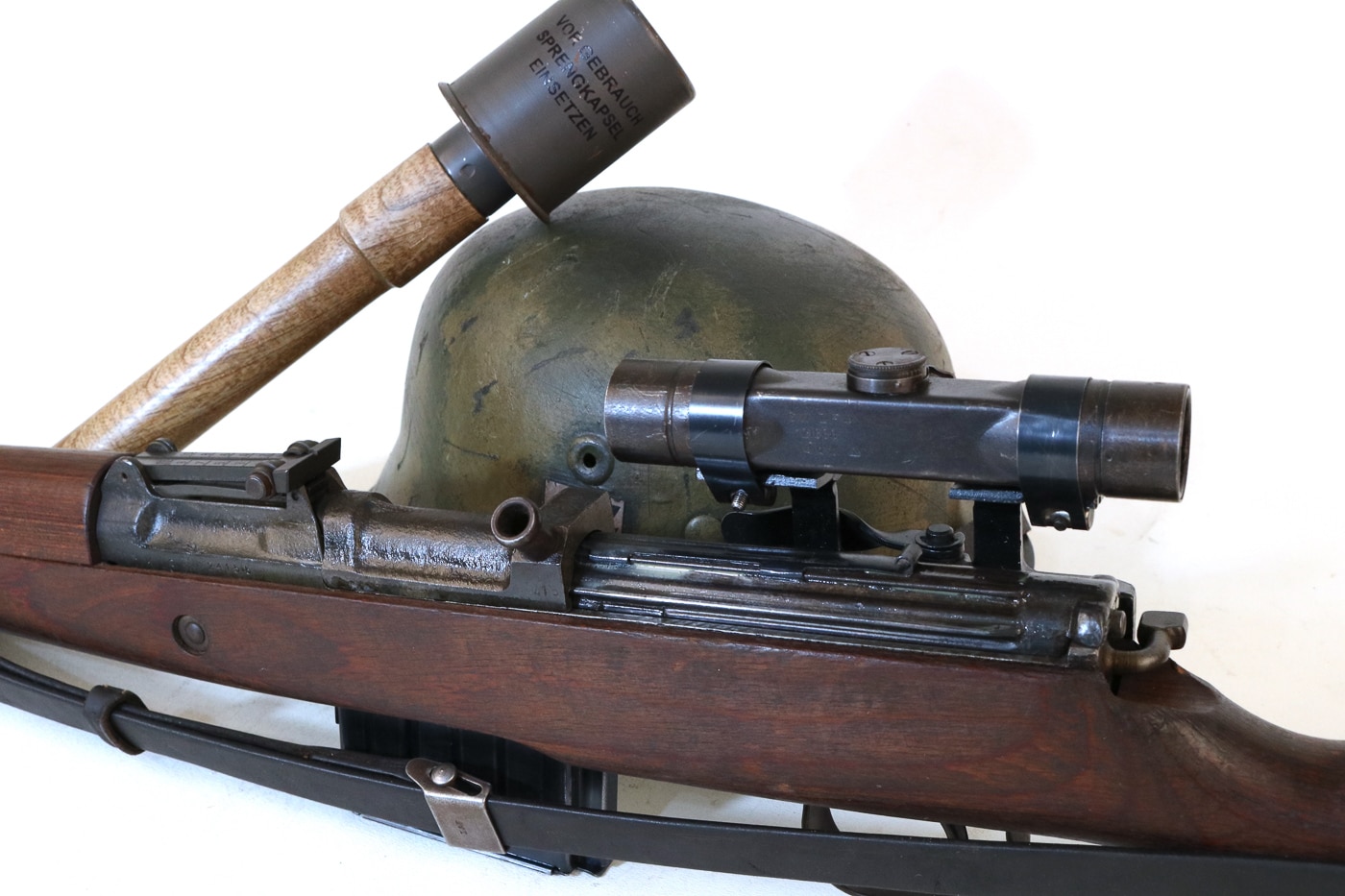
Poul could not see deeply into the shadows underneath the big tank, but he could just make out the muzzle of the rifle as it peeked out, sniffing for blood. He calmed his breathing, measured his heart rate, and nudged Reist with the toe of his jackboot. Poul centered the simple post of his ZF4 sight about five centimeters above the Russian rifle, held his breath, and gently squeezed the trigger.
The heavy marksman’s rifle rocked back in recoil and immediately returned to target. There was some mad thrashing underneath the tank, and Poul noticed a second shape jerk back from the dying Soviet sniper. That would be his spotter. Poul picked an opening some two roadwheels over and repeated the process. When he saw the shadow pass between the wheels he squeezed again and killed the second half of the Soviet sniper team.
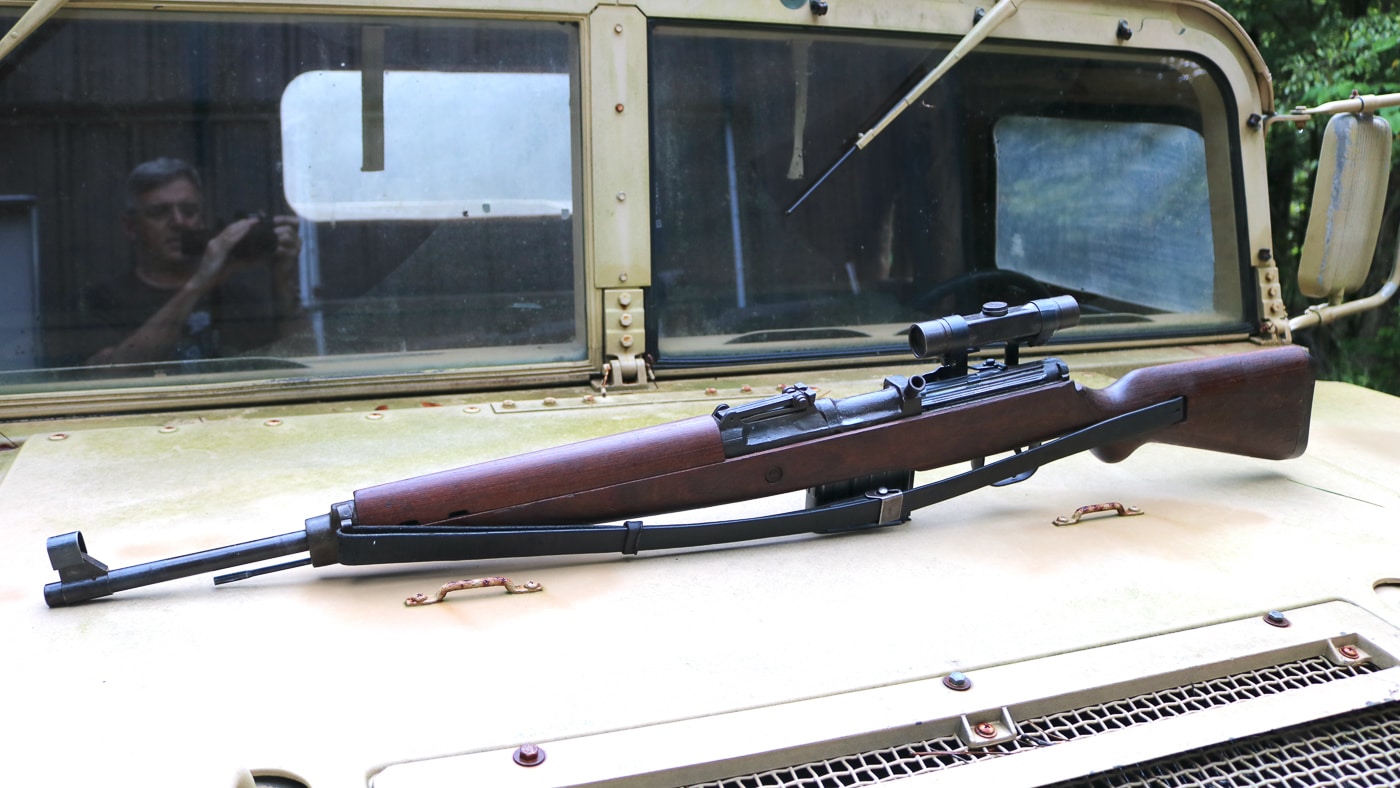
Poul and Reist glassed the tank until they were sure there was no further movement and then stayed another two hours just to be sure. Reassured that the threat was eliminated, they slid like snakes back out of the crater and along the faint path back to the company area. The password got them back through their sentries. In short order, the two SS snipers were filling their bellies with black bread and ersatz coffee. They debriefed with the battalion intelligence officer and wandered off to grab some rack time. There would undoubtedly be more work to do tomorrow.
The Rifle
K43 is Kraut shorthand for Karabiner 43. The same weapon was also known as the Gewehr 43. A relatively simple gas-operated design, the K43 was the German answer to our M1 Garand. However, manufacturing pressures and a suboptimal design conspired to keep the K43 from reaching its full potential.
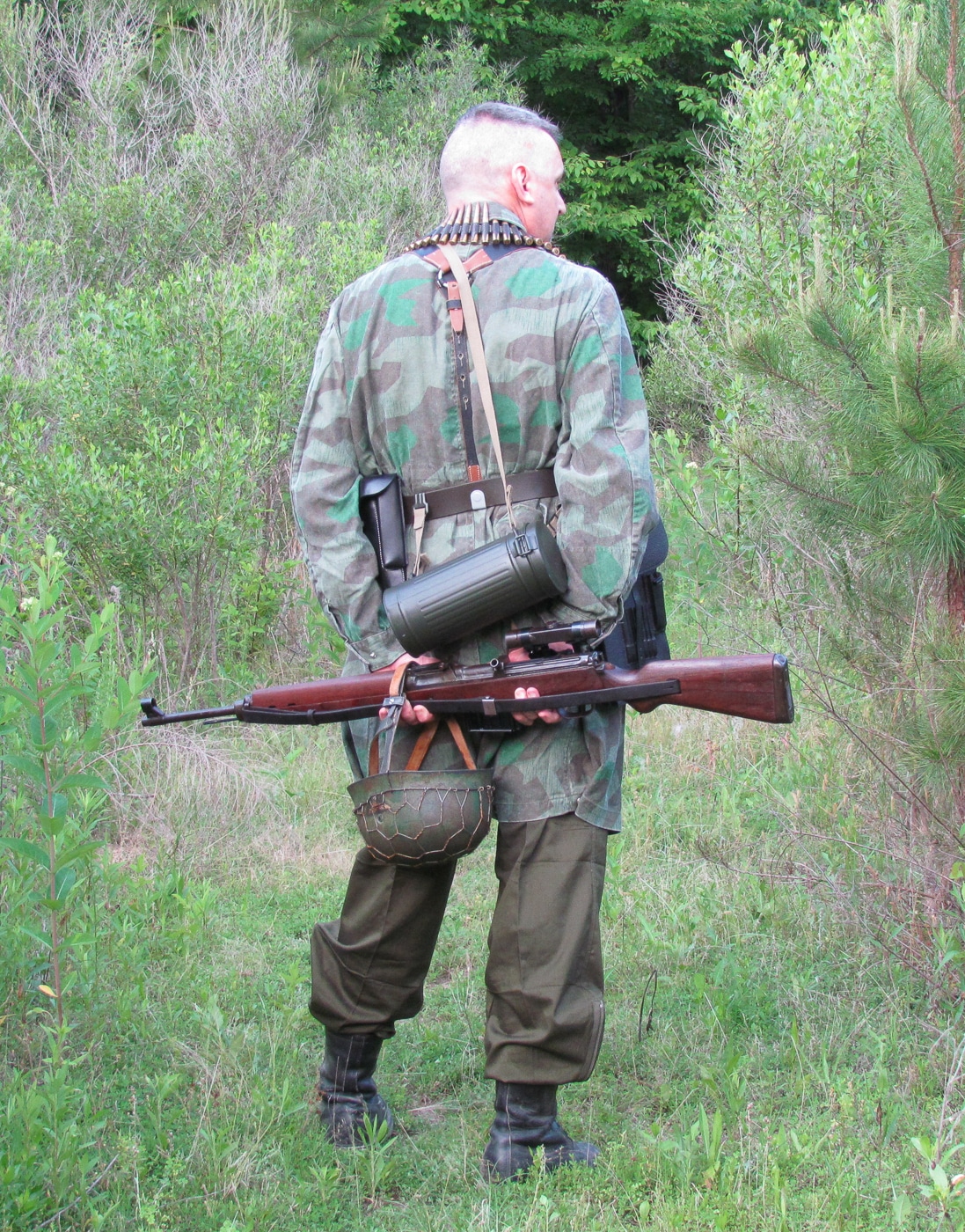
The K43 was an evolutionary development of the previous G41. Produced as the G41(M) from Mauser and the G41(W) from Walther, these two rifles suffered from an inexplicable design mandate that German engineers craft the weapons without drilling a gas port in the barrel. The end result was a gas trap design that was front-heavy, cumbersome, heavy and unreliable. About the time the Wehrmacht was convincing itself that the G41 was a dry hole, they encountered the Soviet SVT-38 and SVT-40 self-loaders in combat on the Eastern Front.
The subsequent G43/K43 featured a more conventional short-stroke piston-driven action with a flapper locking mechanism. Much of this rifle’s entrails seem eerily similar to those of the Soviet SVT-40. This system was easier to manufacture, more reliable and fairly robust. The weapon was semi-auto-only and fed from detachable 10-round box magazines that could also be charged from the top via standard stripper clips.
The K43 was designed to be relatively easy to build in bulk. The trunnion is a fairly rough casting, while many of the gun’s accouterments were stamped steel. The stock on my gun appears to be laminated birch.
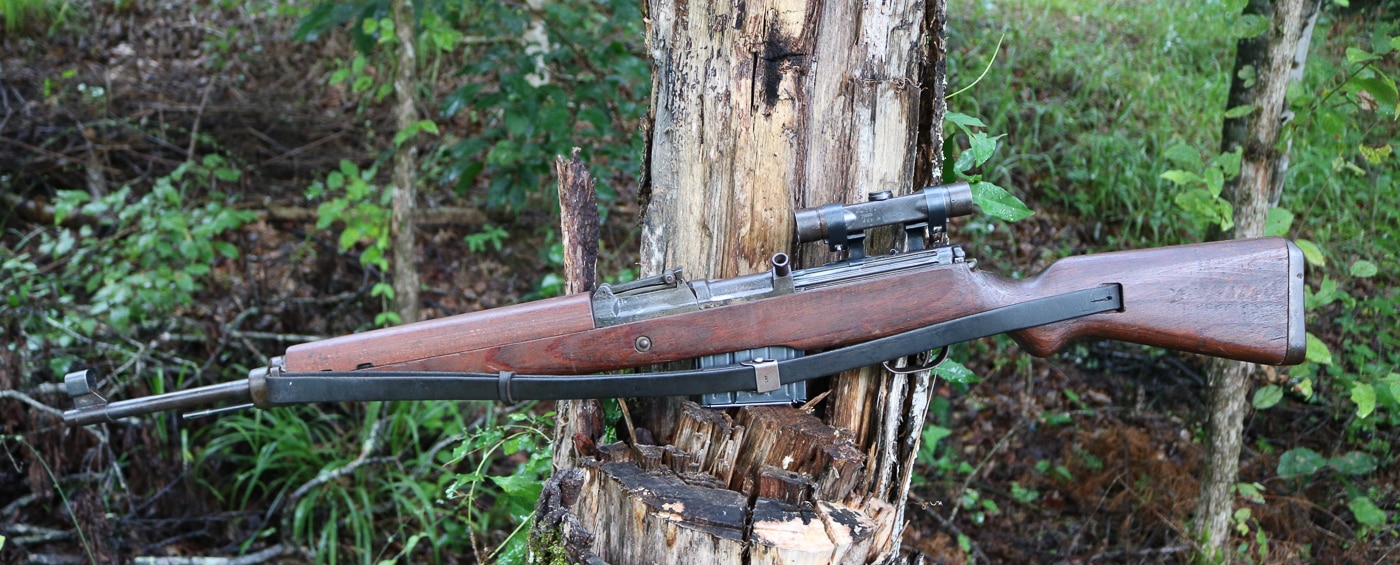
The G43 was first issued in October 1944. The nomenclature change to K43 took place the following year. The two weapons were essentially otherwise identical. 402,713 copies were produced at three major manufacturing facilities by the end of the war.
Designated Marksman Rifle
The original intent was to issue 19 K43 rifles to each Wehrmacht infantry company along with ten ZF4 4X scopes. The company armorer was to exercise all 19 rifles and assign the optical sights to the 10 most accurate of the lot. The reality was that the chaotic supply situation at the end of the war precluded a full issue in most cases. Even if the weapons had been available, German infantry companies were getting chewed to pieces so quickly in the closing months of the war that they were seldom, if ever, at full strength.
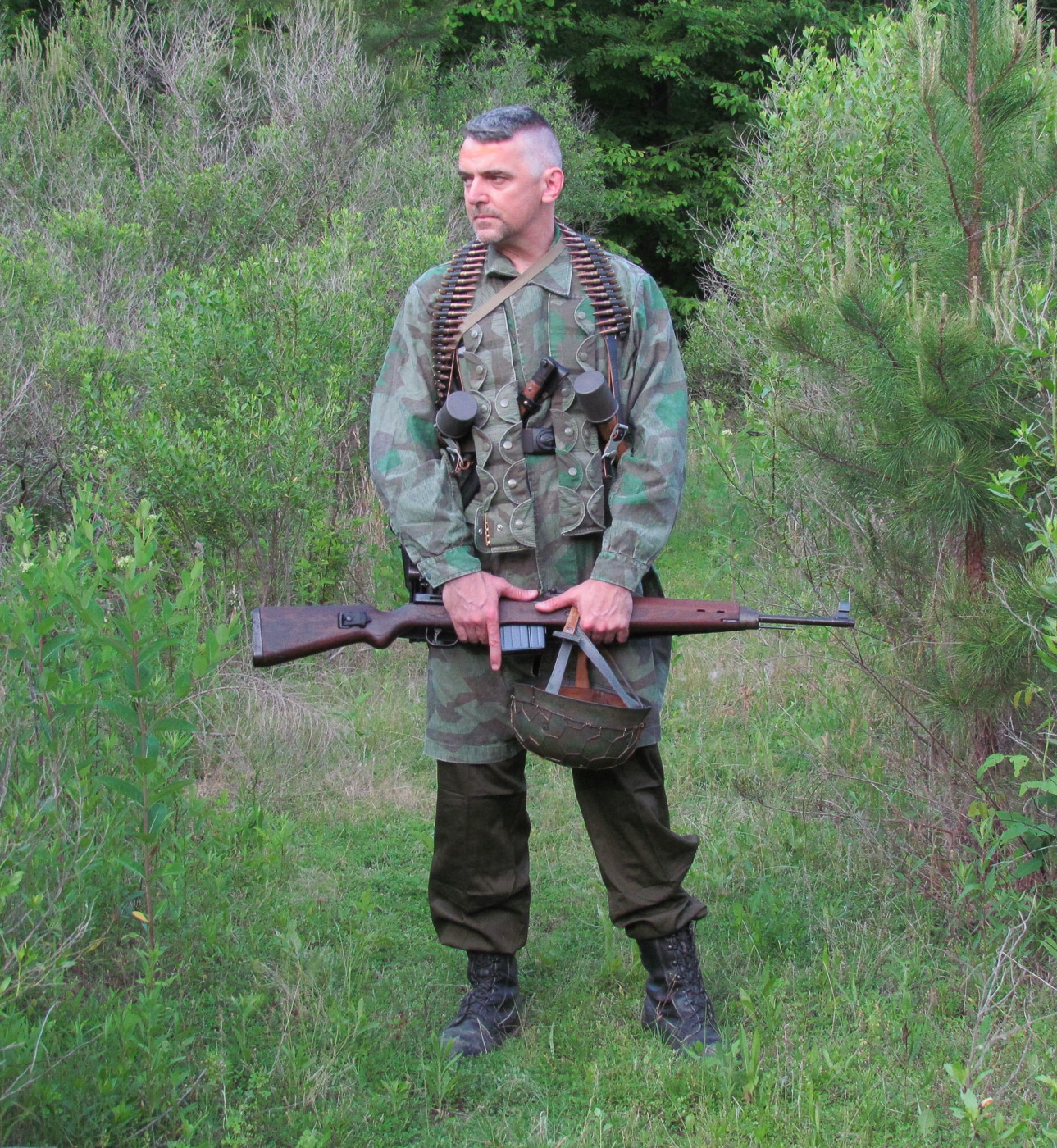
Once an optic was matched to a rifle, the sight was serialized manually by the armorer. As a result, most of the vintage ZF4’s available on the surplus market will have a seemingly random number inscribed via electropencil. My rifle came with the scope mount but no optic. I found a period scope online to complete the package.
There was a prototype grenade launcher and sound suppressor designed for the K43, but neither saw production. After the war, the K43 was pressed into service in Czechoslovakia as well as East Germany. German snipers were instructed to destroy their rifles at the end of the war, so a great many were captured with splintered stocks.
German K43 Rifle Specifications
| Caliber | 7.92x57mm |
| Weight | 9.7 pounds |
| Length | 43.8 inches |
| Barrel Length | 21.5 inches |
| Action | Gas-operated, short-stroke piston |
| Feed | Ten-round detachable box, five-round strippers |
| Sights | Iron/detachable ZF4 4X optical |
Ruminations
The Nazis lost the war the moment they invaded Russia. While the Germans brought us some of the most revolutionary military advances in history, they were most typically too little, too late. The fanciest combat rifles in the world aren’t much good if your manufacturing centers are being pummeled by sky-filling bomber raids, and your enemy enjoys a limitless supply of trucks, tanks and fuel.
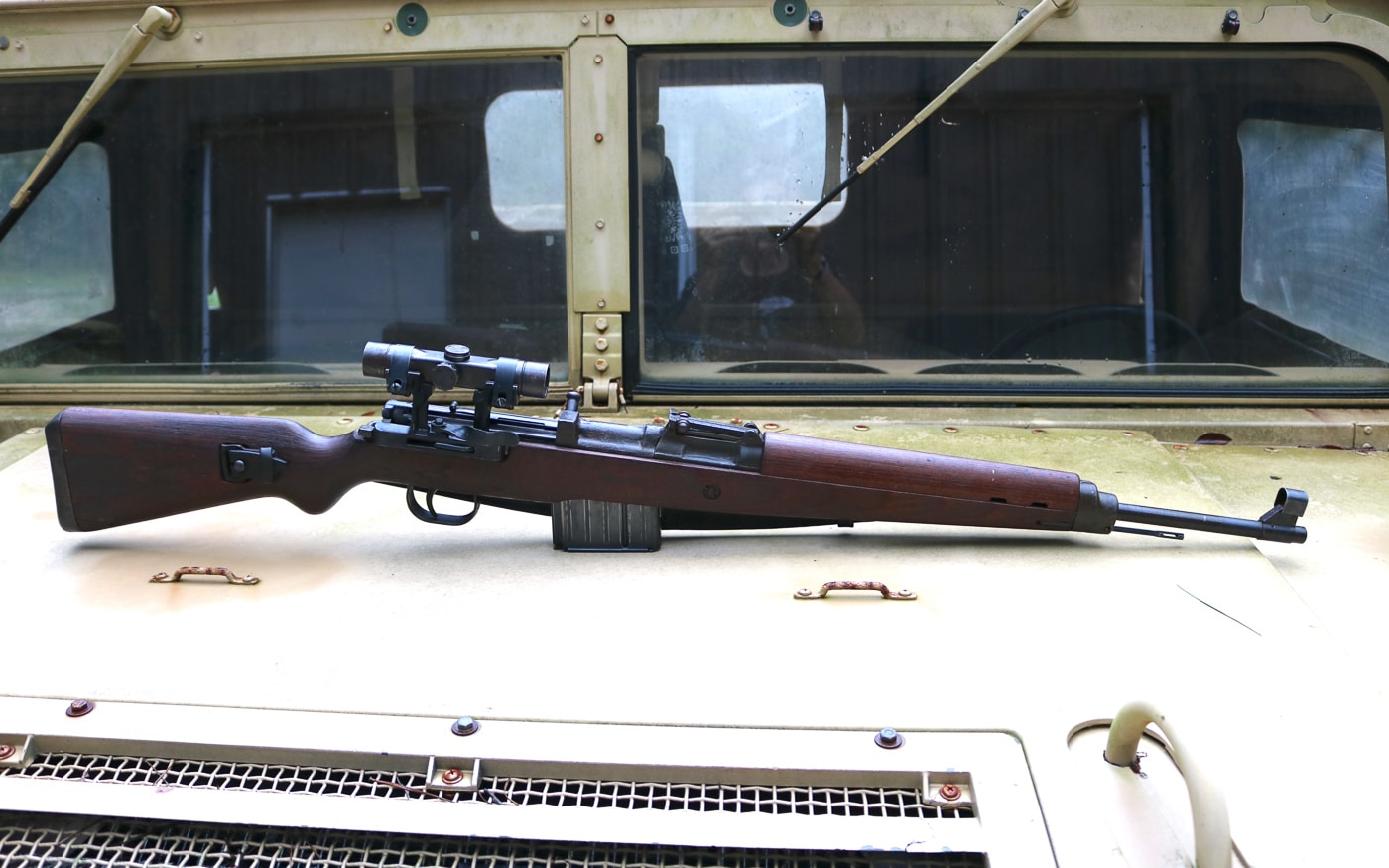
In the K43 sniper rifle, we see the beginnings of a stark paradigm shift. The robust nature of the design ensured it rendered reliable service, while the semi-automatic action made it a fearsome killer on the battlefield. The influence of this revolutionary weapon is still felt even today, in firearms such as today’s DMR (designation marksman rifle) and more.
Special thanks to WorldWarSupply.com for the cool period gear used by our reenactor.
Editor’s Note: Please be sure to check out The Armory Life Forum, where you can comment about our daily articles, as well as just talk guns and gear. Click the “Go To Forum Thread” link below to jump in and discuss this article and much more!
Join the Discussion
Featured in this article
Continue Reading
Did you enjoy this article?

 416
416







